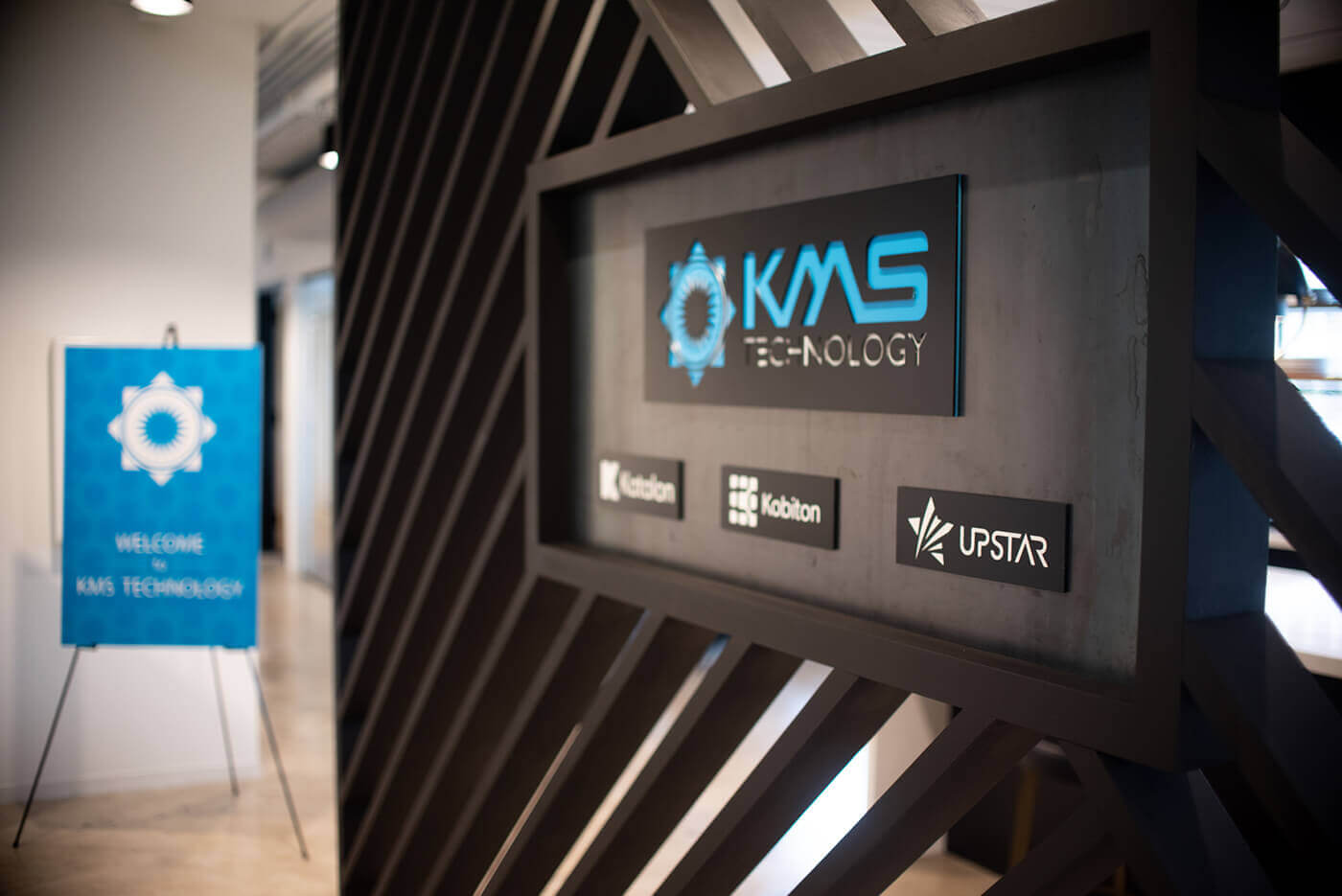Why Technical Assessments Help Maximize Software Investments
According to the Wall Street Journal, private equity firms backed a record of over $400 billion* in technology deals in 2021. At the core of these deals is due diligence that helps investors identify potential high-growth software companies. Technical assessments are a type of due diligence that helps investors understand the opportunities and risks associated with the company they’re evaluating.
The goal is to help investors increase the exit value by providing a transparent view of the opportunities, risks, and improvements needed in a potential purchase.
What is a Technical Assessment for Software Investments?
A technical assessment is a comprehensive review of a software company’s technology and structure. The goal is to provide investors with the information they need to determine the soundness of a potential investment. Technical assessments are also performed after the transaction.. Evaluating the purchase helps investors prioritize their investments and prepare the product for their exit strategy.
The review covers every system component from the infrastructure to code, security, and performance. A technical assessment for software investments can also focus on software integration. This type of evaluation reviews the technology for the potential integration with other systems to help investors understand the scope of the integration and the requirements for each platform.
A technical assessment covers many areas, including:
Architecture Review
Strong software architecture is easier to maintain, modify, scale, and evolve. The architecture is akin to a blueprint and represents the system’s structural elements, interfaces, the relationship between elements, and overall system behavior. The objective is to verify the quality of the application’s foundational design.
Infrastructure Review
The infrastructure represents the software’s underlying technology,often including the servers and services the application needs to run on. Traditionally, infrastructure encompassed physical equipment located on-premises. However, with the rise of cloud computing, more companies are leveraging cloud services for infrastructure.
The infrastructure review evaluates the system’s cloud infrastructure components, including virtual servers, databases, storage, networking, and cloud services. This review helps investors see whether the software has a solid technology base to support it and how easy it would be to scale the application as it evolves.
Code Review

A code review determines if the code follows best practices and how easy or difficult it will be to maintain and build upon the technology. A good evaluation will capture everything from minor errors to mission-critical problems that could jeopardize the software’s quality either now or in the future.
The code review also looks at the product backlog to determine the amount of outstanding technical debt, or the implied cost of rework caused by implementing a “quick fix” rather than using a better approach that would’ve taken longer. Too much outstanding technical debt could reveal product instability and an uphill battle in terms of the cost and work required to course correct.
The best review will provide line-specific feedback for the source code, as even granular technology choices can result in big impacts later.
Security And Performance Evaluation
The security review looks at things such as user authorization and authentication mechanisms, Application Programming Interfaces (APIs) security, and cloud security mechanisms. As data privacy concerns and the speed of digital transformation increase, consumers are demanding better security practices from software vendors. It’s paramount that software investments do not leave the door open for a data breach.
Another critical aspect of a technical assessment is determining how well an application performs under daily use. Does the application load and run quickly as users interact with it? Does performance suffer if usage spikes? How long does it take for the system to stabilize after a usage spike?
A good technical assessment will outline known or potential security and performance issues and help create a plan to resolve them, in order of priority.
Process And Tooling
Process and tooling refer to procedures and tools used to build, maintain, and deploy the application. Standard tools identified in this review include things such as Integrated Development Environments (IDE), code repositories, code scanning tools, and other third-party tools required for the software to work.
The process review identifies procedures for making code changes and procedures for deploying changes to production. Every organization should have standardized and stable processes and tools for managing the software. Lack of standard procedures could result in high technical debt. When processes and tools are disjointed, there is a greater likelihood of introducing poor-performing code into the system that will need to be revised later.
Organization And Leadership Structure
The due diligence at the organizational level looks to see how well the company is managed. A company with solid leadership is valuable to an investor. Quality leadership can help the company successfully navigate the industry and economic challenges.
Additionally, investors need a transparent view of the org structure, especially concerning the development team. Does the team have critical roles staffed? What about the skill sets to elevate the product’s current state into a future state with higher exit value? An evaluation should help investors understand team skill gaps so that they can bring the right talent on board.
How Technical Assessments Help Maximize Software Investments

Technical assessments for software investments are critical to making sound decisions. They are also invaluable instruments for creating a roadmap to help investors strategize and prioritize the changes needed to maximize their investment.
Understand Technology Risks
Investors need to understand the risks associated with a potential investment. A large number of risks could be a red flag to avoid buying the company. However, significant risks don’t always deter investors.
A technical assessment highlights these risks by identifying gaps in the architecture or infrastructure. Identifying these gaps helps the investor prepare for them in advance and develop a targeted roadmap to address those items.
Seize Opportunities
It is essential for investors to thoroughly review their potential investments to see if it is suitable for their portfolio.
Technical assessments do far more than determine risk; they can also highlight a company’s strengths and demonstrate how the organization aligns with the investor’s resources and expertise. Perhaps most importantly, they can also reveal opportunities to grow the software product into a market differentiator, increase profitability, or seamlessly scale to meet demand.
Determine Resource Allocation

The technology assessment helps investors prioritize improvements. Using this information, they can determine what software development resources they will need to address the improvements. This information also helps determine how much they will need to spend on tooling or infrastructure upgrades.
Improve Negotiation Position
A technical assessment helps investors fully understand the risks and rewards of a potential acquisition. With a transparent view, investors can better negotiate with prospective companies to reach a more satisfying deal.
Execute Improvements Quickly
Technical assessments for software investments provide an actionable blueprint to implement product improvements. With the right partner, private equity firms can seamlessly move from assessment to execution. Some partners can even provide developers to execute the new roadmap to get the improvements implemented quickly.
With this approach, investors won’t need to navigate the developer shortage to get the job done. The partner has all the necessary resources to move forward quickly.
Why It Pays To Have KMS As Your Partner

Why KMS? We are experts at working with private equity, growth equity, and venture capital firms and their portfolio companies. We’ve incubated our own software product companies and brought them to successful exits. This gives us a unique viewpoint that other providers lack.
As investors ourselves, we know how to deliver services that add value to your portfolio. Our software consulting and engineering services are designed to increase exit value. We’ve helped drive $11.8 billion in client buyouts.
Schedule a consultation to discuss your technical assessment needs for your next software investment.
Resources:
https://www.wsj.com/articles/private-equity-backs-record-volume-of-tech-deals-11641207603








